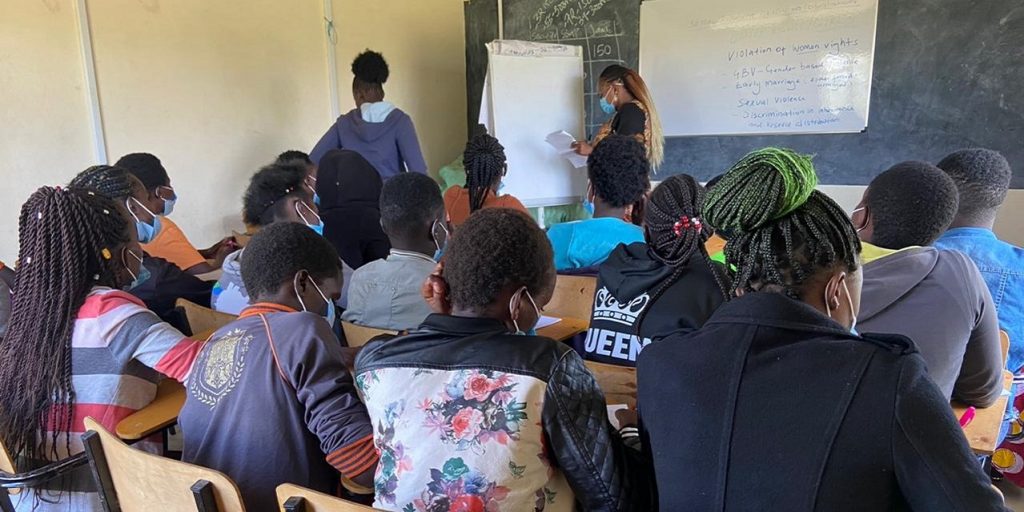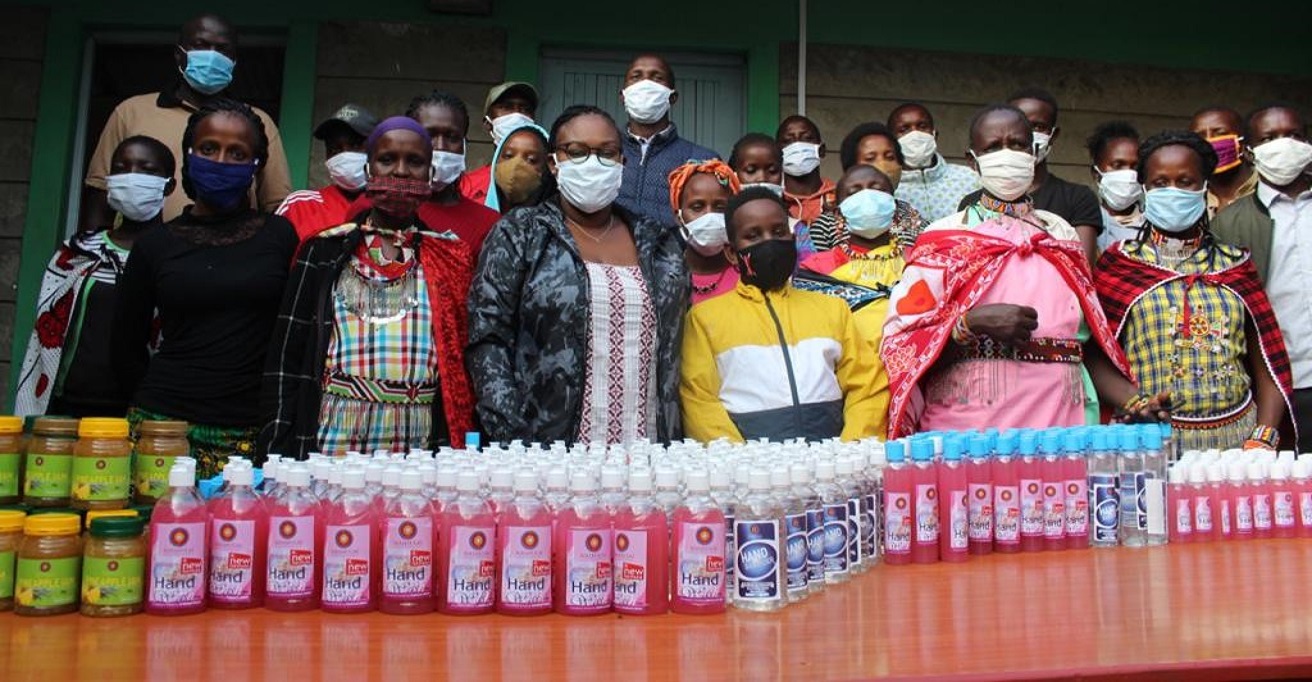
Mission
Nashulai Maasai Conservancy (NMC) aims to conserve wildlife, preserve culture, and reverse poverty for the Maasai tribe in Narok County, Kenya.
Life Challenges of the Women Served
The Maasai are one of the most marginalized tribes of Kenya with the highest rates of poverty, unemployment/underemployment, poor health outcomes, food insecurity and barriers to accessing education. Given infant mortality rates, children have traditionally not been named until age 2. Women face double marginalization through patriarchal practices and denial of education – if only one child can go to school, a son would be given that opportunity over a daughter.
Maasai women are critically in need of equal standing inside the community. Women and girls are among the most marginalized in Kenya, suffering illiteracy, extreme poverty, discrimination, and gender-based violence (GBV). Sexual education is widely non-existent, and female genital cutting (FGC), which has been illegal since 2011, remains a significant problem. Poverty, lack of education, tradition, and COVID disruption are the present root causes. Maasai culture is traditionally extremely patriarchal. Many traditionalist families are resistant to stopping FGC or educating girls, seeing this as an integral part of a culture increasingly threatened by outsiders. In Narok County, 65 percent of Maasai women and girls experience physical/sexual violence in their lifetime, while 33 percent experience sexual violence from a non-partner. Lack of economic agency pressures girls – as young as 10 – into child marriage to forgo education, and rape victims to marry their abusers or face prostitution.
This problem affects the approximately 1,500 women residents of Nashulai and the entire female population of Maasailand. A number of tribally focused organizations have made inroads convincing traditionalist families to embrace gender equality over the past decade, but the devastation caused by COVID-19, including the collapse of the economy, two lockdowns, and the yearlong closure of schools, has reversed these gains, leading to an epidemic of FGC, rises in GBV, teen pregnancy, sexual assault, desperation prostitution, early marriage, and permanent dropout from school. Since the pandemic started, there has been a 27 percent rise in teenage pregnancies (typically leading to school dropout and child marriage). FGC is believed by traditionalist families to ward off premarital sex and while exact figures of this illegal practice are hard to come by, anecdotally it is rising steeply. School closures resulted in all girls losing access to education and free menstrual pads, which has led to some girls resorting to prostitution to afford them. Many traditionalists have stated they will not re-enroll their daughters when schools reopen.
Without timely action, NMC is concerned that all this, in conjunction with climate changes and other shocks, will lead to the disintegration of the Maasai community.
The Project
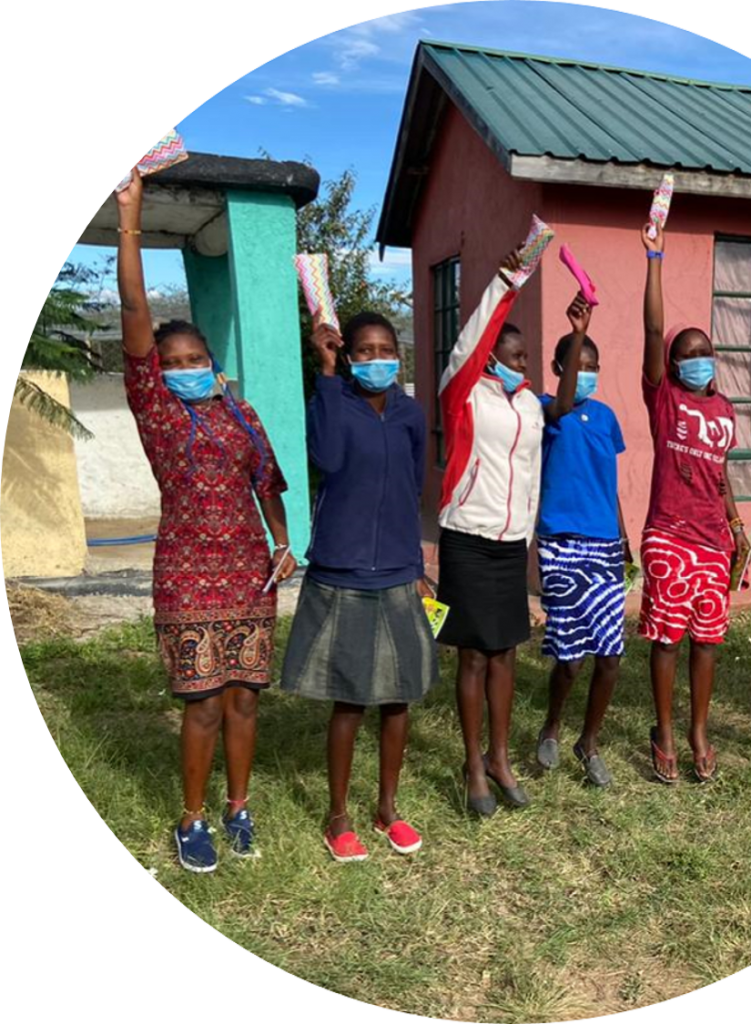 The goal of this project is a societal change to improve the lives of Maasai girls and women now and long-term. The aim is to scale up that work by promoting girls’ education, women’s rights, and economic empowerment as quickly as possible, focusing on sexual reproductive health education through in-class work, workshops, and radio outreach, and to educate the parental and extended community on the benefits of girls’ education. The aim is to eliminate FGC by 2023 at the latest, decrease GBV, provide rights advocacy training, promote economic empowerment and the creation of women led cooperative enterprises, and allow women to be prepared for employment in the post-COVID civic society.
The goal of this project is a societal change to improve the lives of Maasai girls and women now and long-term. The aim is to scale up that work by promoting girls’ education, women’s rights, and economic empowerment as quickly as possible, focusing on sexual reproductive health education through in-class work, workshops, and radio outreach, and to educate the parental and extended community on the benefits of girls’ education. The aim is to eliminate FGC by 2023 at the latest, decrease GBV, provide rights advocacy training, promote economic empowerment and the creation of women led cooperative enterprises, and allow women to be prepared for employment in the post-COVID civic society.
The Nashulai Women’s and Girl’s Empowerment Project will consist of the following components:
Education and Poverty Alleviation: Training 40 female teachers on sexual health and educating 350 young women and girls on sexual reproductive health (SRH) over 25 sessions, as well as, importantly, boys in Year 2. – By end of Year 2, a majority of women should have SRH education. To support vulnerable girls’ access to quality higher education, NMC will provide full scholarships for the most vulnerable 50, and will simultaneously run 10 workshops for 2,000 parents on the importance of girls’ education, providing economic opportunities to reduce poverty while reducing child marriage and teenage pregnancy.
Human and Gender Equality Rights: Training 600 women/girls on human rights (10 campaigns) – Ten Maasai talk radio shows in the Maa language will be developed promoting women’s rights and education and combating FGC and GBV to approximately 1.5 million listeners. By the end of Year 2, participants will have been educated about their rights and empowered to advocate for those rights for themselves and other women.
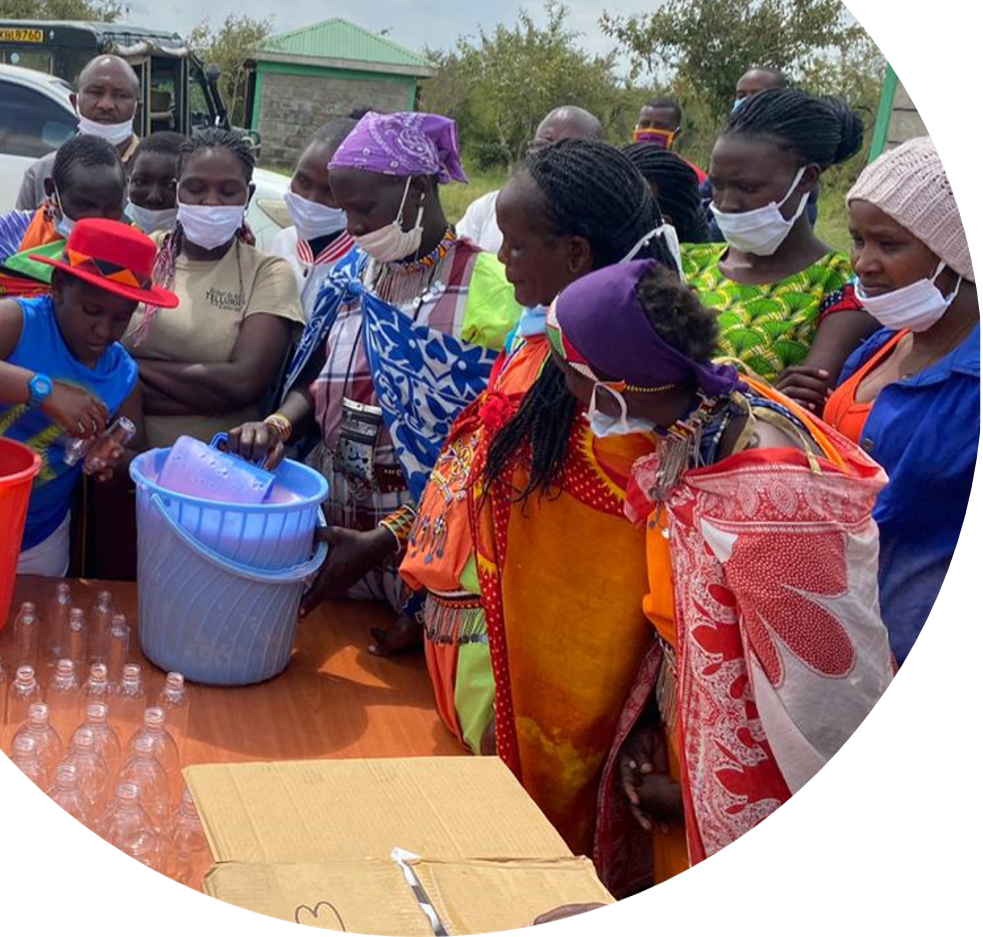 Economic Entrepreneurship and Management to Increase Female Employment and Household Incomes: Training 1,080 in cooperative enterprises, including 540 in beekeeping and 540 in soap and sanitizer making, and directing potable clean water access for all (women are the traditional users and guardians of rivers and water) – Beekeeping is vital for pollination. It is essential to diversify income streams and be poised to transition these into sustainable social enterprises.
Economic Entrepreneurship and Management to Increase Female Employment and Household Incomes: Training 1,080 in cooperative enterprises, including 540 in beekeeping and 540 in soap and sanitizer making, and directing potable clean water access for all (women are the traditional users and guardians of rivers and water) – Beekeeping is vital for pollination. It is essential to diversify income streams and be poised to transition these into sustainable social enterprises.
To move the needle on gender equality in this community, this project has several goals. By the end of the project all schoolgirls participating will have gained two years of SRH education, decreasing rates of teenage pregnancy, FGC, GBV and early marriage, leading to measurable health improvements. NMC’s educational programs will allow schoolgirls to resume their education post-COVID. Parents will be mentored simultaneously on the benefits of education and the need to be supportive of their daughters’ educational aspirations. NMC’s human rights training will provide women with skills to advocate for their rights, their daughters’ rights, and those of other women. The trainers recruited to teach NMC’s SRH education will have a full understanding of the material and will be running their own sessions to scale the project to the extended community. Beneficiaries of the economic empowerment dimension will know how to manage an enterprise, understand the means of production, how to access credit, and find employment in one of the four cooperative enterprises this project supports, and within the anticipated return of the tourism economy. Their households will also benefit from this economic empowerment since families will now be dual income and be a positive role model for the merits of gender equality for their boys and girls alike. The aim is for GBV to decrease and the hope is that FGC will be eradicated.
Year 1 – 1,500 direct beneficiaries and 750,000 indirect beneficiaries
Year 2 – 3,500 direct beneficiaries and 750,000 indirect beneficiaries
UN Sustainable Development Goals
![]()
![]()
![]()
![]()
![]()
![]()
![]()
![]()
![]()
Questions for Discussion
How do you think the intersection of traditions and modernization can be translated to practical applications in the broader community? How might that translate to systemic change in ending FGC?
Extend the conversation to FGC in the US. Might this effort have an effect beyond its local relevance?
How do you think the community benefit from the economic enterprises of beekeeping and soap and sanitizer making might affect the reception/success of these women-run businesses?
How the Grant Will be Used
Together Women Rise’s grant of $35,000 will help fund the following:
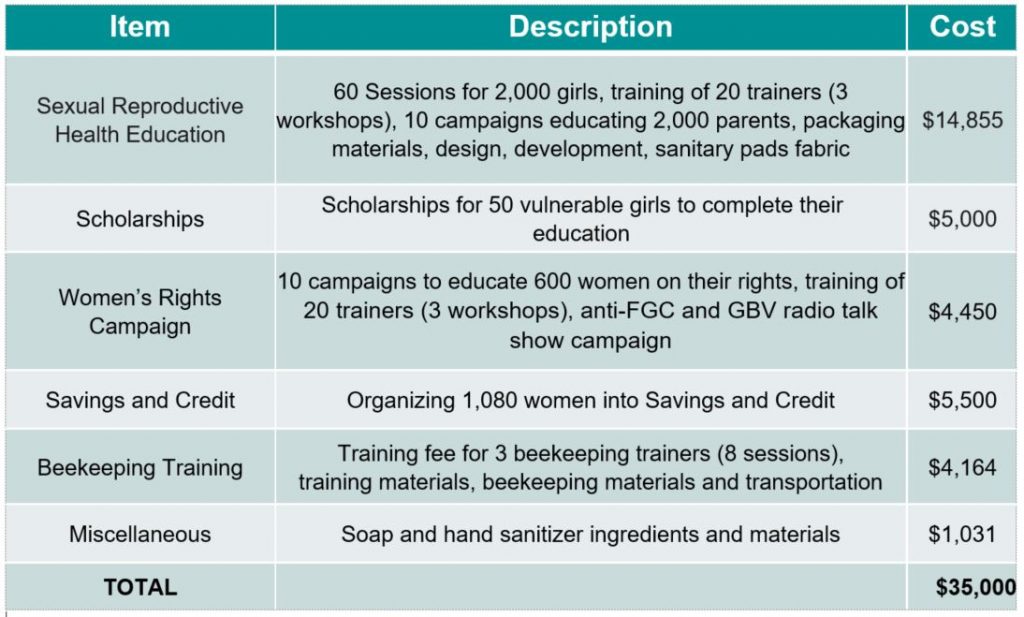
Why We Love This Project/Organization
Nashulai is a story of how much can be achieved for future generations when a community unites to work together on daunting challenges. Faced with deepening poverty, biodiversity collapse of ancestral lands, and increased economic and social pressures on women and girls, the Nashulai community rallied other Maasai communities in the area. Collectively they seek a future that values tradition and conservation with modern values of gender equality and empowerment for women and girls. This project moves the Nashulai community toward consistent advocacy for the rights of women and girls, reduction in the incidence of FGC, education on sexual reproductive health, and community support for girls’ formal education and schooling.
Evidence of Success
The results of Nashulai Maasai Conservancy’s mission are impressive.
In four years, there has been a 70 percent return of wildlife to Nashulai and a 40 percent increase in 2020, with approximately 700 zebras, 700 gnu, 280 wildebeests, thousands of warthogs, 35 lions (2 large prides), 14 cheetahs and three African wild dogs taking up residence, and “towers” of giraffe. Since Spring 2019, approximately 60 elephants have been birthed, with herds (average size: 24) taking up residence every few weeks.
By providing potable water to the villages and restoring the Sekenani River, NMC has reduced waterborne diseases and infant mortality by 50 percent. With two schools, NMC achieved universal primary education at Nashulai before the COVID-19 school closures. NMC’s voluntary Communal Bursary Fund has provided 62 children with merit-based, post-primary education fees at gender parity.
NMC’s Nashulai Cultural Training Institute has provided 50 young Maasai with hospitality, cultural, and conservation skills training. It has provided livelihoods, albeit often still temporary and revolving, to 160 residents in social enterprise cooperatives. In 2016, NMC was able to open bank accounts for the first time for 60 percent of member households – due to the stability provided by lease payments – who then became eligible to apply for microfinance credit. The anti-FGC campaign reached over a million people on Maa Radio. During COVID-19, NMC’s Community Feeding Program reached 28,520 people up to 100 kilometers away. NMC produced hand sanitizer/soap and masks for free distribution, educated the community about COVID-19 prevention, and built two emergency isolation areas. The first cohort of sexual reproductive health training was launched for 108 schoolgirls. The relaunched Feeding Program has supported 10,000 people so far.
In June 2020, NMC won the prestigious Equator Prize awarded by the United Nations Development Program (UNDP) and the Equator Initiative Partnership to Indigenous communities for innovative, nature-based solutions that tackle climate change and biodiversity loss.
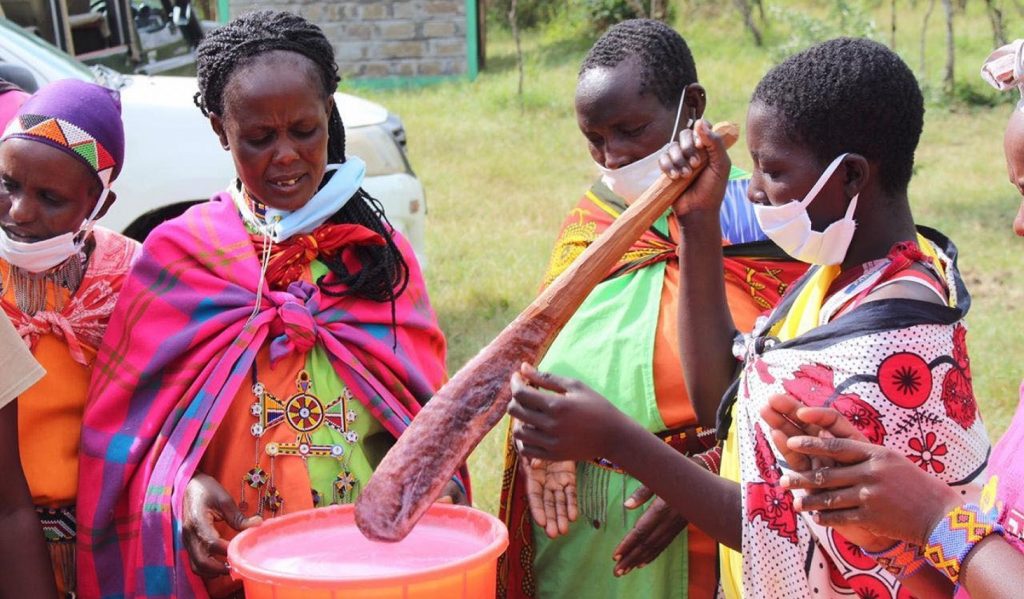
Voices of the Girls
“It’s all a story that has to do with local community taking ownership and leadership. We’re happy we’ve shown the whole world that everything is doable if you unite together. Nashulai is a story of possibility.” – Margaret Sakian Koshal, Family, Gender and Education Coordinator at NMC
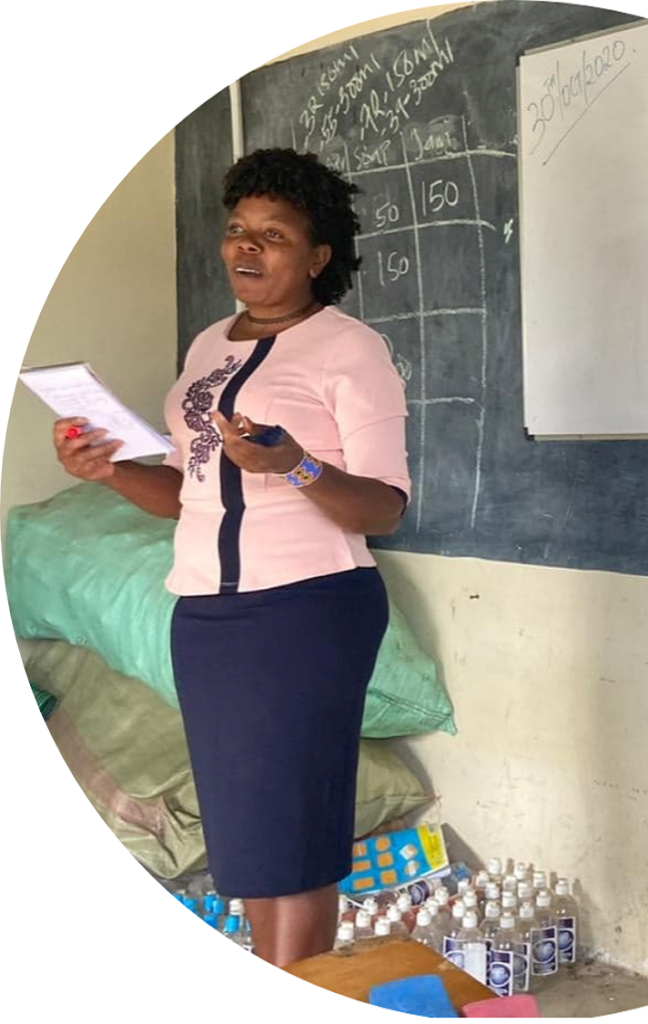 “I am very happy and thankful for the donation of food to our families. I have never seen this before in my life and it has never happened. Our children will eat today. We pray in future that such useful initiatives should continue. Thanks a lot to all those who worked so hard to get food to our community” ‒ Noonparbai Siloma and Naitayuang Kesier, Members of Nashulai Women’s Group
“I am very happy and thankful for the donation of food to our families. I have never seen this before in my life and it has never happened. Our children will eat today. We pray in future that such useful initiatives should continue. Thanks a lot to all those who worked so hard to get food to our community” ‒ Noonparbai Siloma and Naitayuang Kesier, Members of Nashulai Women’s Group
“I am very happy for the food donation from all our friends at Nashulai. When the coronavirus epidemic hit the country all our markets were closed, affecting our sources of food. Our greatest worry has been solved, as our community will be assured of getting food this week and in the coming weeks. This has saved the community from a hunger calamity. The logistics of distributing food were very satisfying as all families got equal portions. The distribution was orderly and with proper sensitization on keeping safe distance and washing hands. We sincerely thank all those who helped us at this hour of need.” – Moses Japit, Nkoilale Village Elder
“We are very happy as parents about the sexual education being provided by Nashulai to our youth. It will help the girls from getting teenage pregnancies and dropping out of school. We urge Nashulai to expand the training to more girls in other villages.” – Seno Kirikor, Olkui Village Elder
“I and my team of girls travel far through the villages, giving talks to the grandmothers (the most tradition bound) and the parents. Countless times I’ve had to make interventions with families about to cut their girls for early marriage and the dowry that will assist them in their poverty. It’s about tradition, but it’s mostly about poverty. Often, I provide girls with refuge – the brave ones. Most are too afraid to flee at night for fear of the lions and hyenas.” – Margaret Sakian Koshal, Nashulai
About the Organization
In 2016, the Maasai tribe faced deepening poverty, biodiversity collapse in their ancestral land, and pressure from outside developers to sell their land holdings which lie on the border of the globally renowned Maasai Mara National Reserve. NMC’s co-founders, Maasai Elder Nelson Ole Reiyia and Canadian-adopted Maasai Elder Ric Olomunyak Young, addressed the urgent need for transformative change with the community elders to restore the interconnected well-being of the Maasai people, their degraded land, and their disappearing wildlife – which they had successfully stewarded for centuries until British colonial rule, and then the advent of mass-scale tourism to Kenya. (Tourism earnings were recorded in 2019 at $1.52 billion US dollars, from which the rural Maasai, whose land it is, get a negligible benefit). Following traditional dialogues, the people responded to the call of their elders: 3,000 Maasai across 5,000 contiguous acres agreed to unite to lease and sustainably manage their land holdings to a not-for-profit community conservancy – the first conservancy in Kenya to be led and governed by the Maasai – in return for fair lease fees. In that real sense, the conservancy was established by the people themselves, who literally chose to invest in it rather than sell to developers for their own financial advantage. Gender equality and education are foundational to their holistic mission.
Where They Work
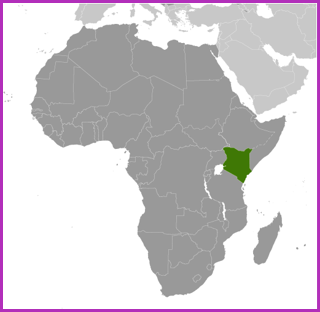
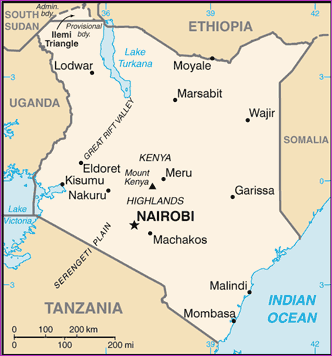
Kenya is located in Eastern Africa, bordering the India Ocean, between Somalia and Tanzania. Low plains rise to central highlands bisected by Great Rift Valley, with a fertile plateau in the west. The population is 54,685,051 (July 2021 est.). Kenya has experienced dramatic population growth since the mid-20th century as a result of its high birth rate and its declining mortality rate. More than 40 percent of Kenyans are under the age of 15 because of sustained high fertility, early marriage and childbearing, and an unmet need for family planning. Kenya’s persistent rapid population growth strains the labor market, social services, arable land, and natural resources. The median age is 20 years. The birth rate is 26.78 births/1,000 population (2021 est.), and the infant mortality rate is 28.81 deaths/1,000 live births. The mother’s mean age at first birth is 20.3 years (2014 est.). The literacy rate for the total population is 81.5 percent with 85 percent of men and 78 percent of women able to read (2018).
A closer look at the Maasai
The Maasai are one of the most impoverished tribes in East Africa. Wealth is measured by livestock ownership. The Maasai culture is predominantly patriarchal, with a council of elders overseeing the daily running of the village and administering matters on the basis of an oral body of law. They live a semi-nomadic lifestyle raising cattle and goats, wearing traditional clothes, and living in small villages called manyattas, which are circular arrangements of mud huts.
The Maasai have proudly maintained their traditional lifestyle and cultural identity despite pressures of the modern world. In the process of preserving their culture, however, the Maasai have embraced a system that denies women basic human rights: the right to an education, the right to control her body, the right to choose whom and when to marry, the right to express an opinion. The main role of Maasai women is to have children, who are introduced to raising cattle as soon as they are able to walk. Although illegal, FGC has long been widespread in the Maasai culture.
But increasing land acquisition throughout Kenya’s Maasailand is threatening their nomadic culture, and pressure to accept change is growing. The key to such change is education, and there has been some success in woman’s rights. Thanks to activist campaigning, the practice of FGC has been decreasing, substituted by symbolic cutting, with songs and dances rather than blades. However, the economic, cultural, and physical factors that combine to deny education to Maasai girls in Kenya are numerous and, taken together, almost impossible for all but the most determined girls to overcome. Many traditionalist families are resistant to stopping FGC or educating girls, seeing this as an integral part of a culture increasingly threatened by outsiders.
Due to Maasai history, there is well-earned mistrust of non-Maasai trying to change their culture. The more recent contributing factor is the massive disruption caused by COVID, which has intensified poverty. With the collapse of both the tourism economy and food security, the crisis has been a near apocalyptic event for the Maasai, and several superstitious families have returned to traditional practices in hopes of reversing this misfortune. With schools closed and employment at zero, there are fewer incentives for parents to invest in girls’ education. The related rise in teenage sexual activity has led some parents to see FGC as a traditional method of contraception.
NMC’s collection of online videos includes “Cut the Cuts,” a story-gathering project and dramatization of human rights, gender equality and eradicating FGC, created by the Nashulai Women Empowerment Project with the support of The Swedish Institute. In 2017 the Nashulai Women’s Group were invited to Sweden to perform the play in theaters, schools and social halls.
Source Materials
